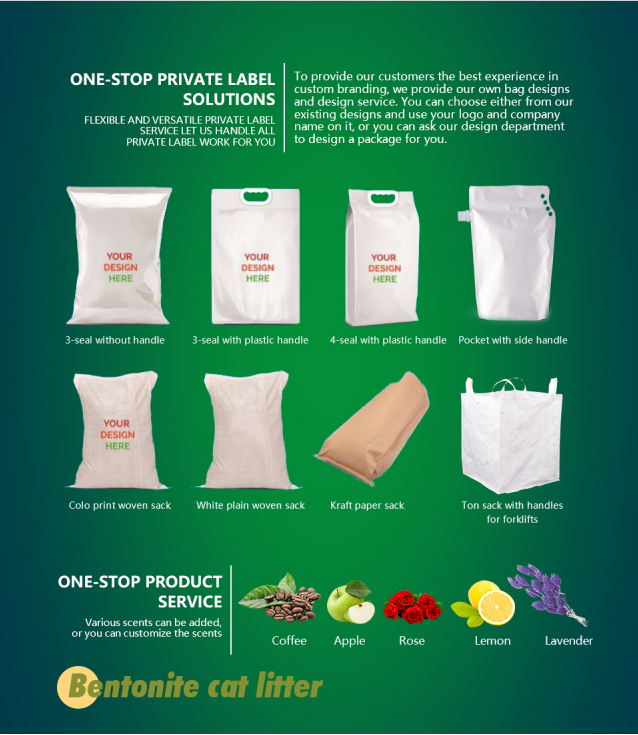polyurethane hose vs rubber
Polyurethane Hose vs. Rubber Hose A Comprehensive Comparison
When it comes to selecting hoses for various applications, polyurethane and rubber hoses are two common materials that often come to mind. Each has its unique properties, advantages, and disadvantages, making them suitable for different situations. Understanding these differences is key to making an informed decision.
Material Composition and Flexibility
Polyurethane hoses are made from a type of polymer known for its flexibility and strength. They have excellent bendability, which makes them ideal for tight spaces and convoluted routing. This flexibility is enhanced by the lightweight nature of polyurethane, allowing for easier handling and installation. In contrast, rubber hoses, made from natural or synthetic rubber, tend to be less flexible but are robust and can withstand harsher environments. While they can bend, they may not have the same level of maneuverability as polyurethane.
Durability and Resistance
Durability is a critical factor when choosing a hose material. Polyurethane hoses are highly resistant to abrasion, tearing, and punctures, making them a preferred choice for industrial applications where wear and tear is common. They also resist many chemicals and can withstand a wider temperature range than rubber. Rubber hoses, on the other hand, are resilient and can endure high pressures and temperatures, making them suitable for heavy-duty applications. However, they may degrade over time when exposed to certain chemicals, UV light, or extreme weather.
Weight and Portability
polyurethane hose vs rubber

One of the most notable advantages of polyurethane hoses is their lightweight nature, which facilitates portability. This characteristic makes them ideal for applications where easy handling is essential, such as in gardening, construction, and general repairs. Rubber hoses, being heavier, can be cumbersome to move around, particularly in large lengths. For users who need to transport hoses frequently, this difference in weight can be a significant consideration.
Cost Considerations
When it comes to cost, polyurethane hoses are generally more expensive than their rubber counterparts. This can be attributed to the advanced manufacturing processes and the specialized materials used in their production. However, while the initial investment may be higher, the durability and longevity of polyurethane hoses can lead to lower overall costs in the long run. Rubber hoses are more budget-friendly and might be more appealing for short-term or less demanding applications.
Environmental Impact
Both materials have environmental considerations. Polyurethane can be recycled more efficiently than rubber, which can often end up in landfills. However, it’s crucial to consider the entire lifecycle of the products and their impact on the environment.
Conclusion
In summary, the choice between polyurethane and rubber hoses ultimately depends on the specific application and user requirements. Polyurethane hoses excel in flexibility, durability, and lightweight design, making them suitable for industrial and general purposes. Rubber hoses offer robustness and affordability, making them a solid choice for heavy-duty applications. Evaluating your needs will guide you in selecting the right hose material for your projects.
-
Strong suction and flexibility: The versatile application of PVC suction hosesNewsAug.05,2025
-
Steel wire reinforcement, tough protection: The road to upgrading the strength of Wire Reinforced PVC HoseNewsAug.05,2025
-
Resilience and Flexibility Coexist: A New Industrial Perspective for Pvc Air HosesNewsAug.05,2025
-
Pulse of Efficient Transmission: The Excellent Performance and Multiple Applications of PU Pneumatic HoseNewsAug.05,2025
-
Enduring Pressure: The Industrial Mission of High Pressure Lay Flat HoseNewsAug.05,2025
-
Durable Water Conveyance: The Practical Value and Technical Charm of PVC WATER HOSESNewsAug.05,2025














